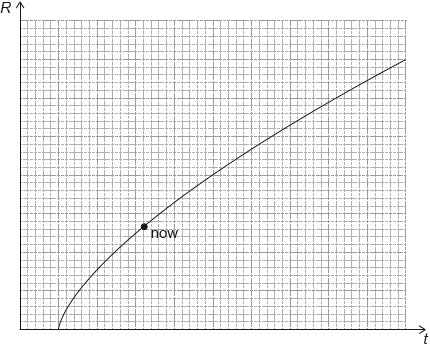| Date | November 2019 | Marks available | 1 | Reference code | 19N.3.HL.TZ0.16 |
| Level | Higher level | Paper | Paper 3 | Time zone | 0 - no time zone |
| Command term | State | Question number | 16 | Adapted from | N/A |
Question
Evidence from the Planck space observatory suggests that the density of matter in the universe is about 32 % of the critical density of the universe.
Outline how the light spectra of distant galaxies are used to confirm hypotheses about the expansion of the universe.
Light from a hydrogen source in a laboratory on Earth contains a spectral line of wavelength 122 nm. Light from the same spectral line reaching Earth from a distant galaxy has a wavelength of 392 nm. Determine the ratio of the present size of the universe to the size of the universe when the light was emitted by the galaxy.
State what is meant by the critical density.
Calculate the density of matter in the universe, using the Hubble constant 70 km s–1 Mpc–1.
It is estimated that less than 20 % of the matter in the universe is observable. Discuss how scientists use galactic rotation curves to explain this.
Markscheme
spectra of galaxies are redshifted «compared to spectra on Earth» ✔
redshift/longer wavelength implies galaxies recede/ move away from us
OR
redshift is interpreted as cosmological expansion of space ✔
«hence universe expands»
NOTE: Universe expansion is given, so no mark for repeating this.
Do not accept answers based on CMB radiation.
ALTERNATIVE 1
✔
✔
ALTERNATIVE 2
✔
= 3.21 ✔
density of flat/Euclidean universe
OR
density for which universe has zero curvature
OR
density resulting in universe expansion rate tending to zero ✔
✔
✔
✔
NOTE: MP1 for conversion of H to base units.
Allow ECF from MP1, but NOT if H is left as 70.
rotation speed of galaxies is larger than expected away from the centre ✔
there must be more mass «at the edges» than is visually observable «indicating the presence of dark matter» ✔


